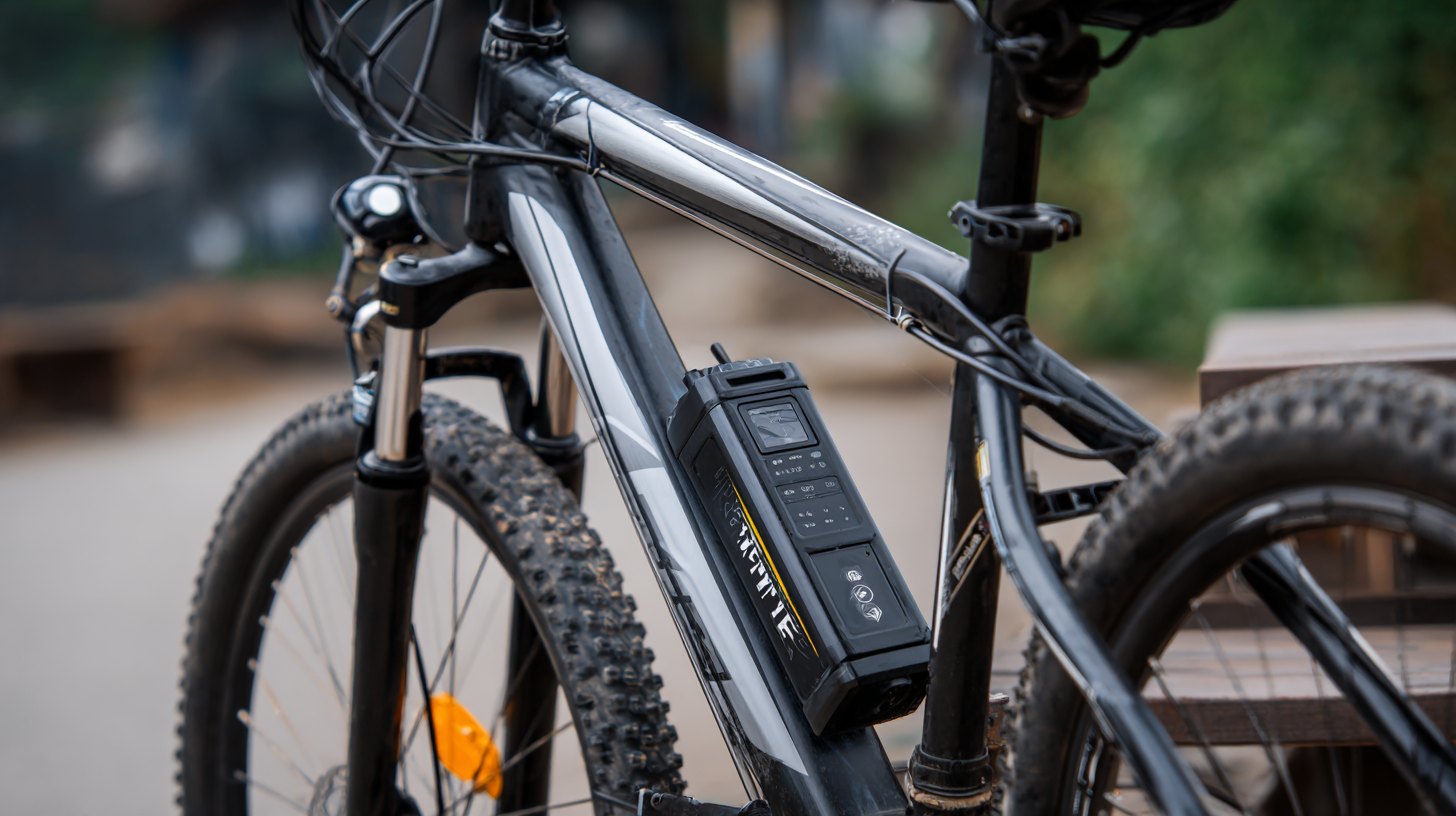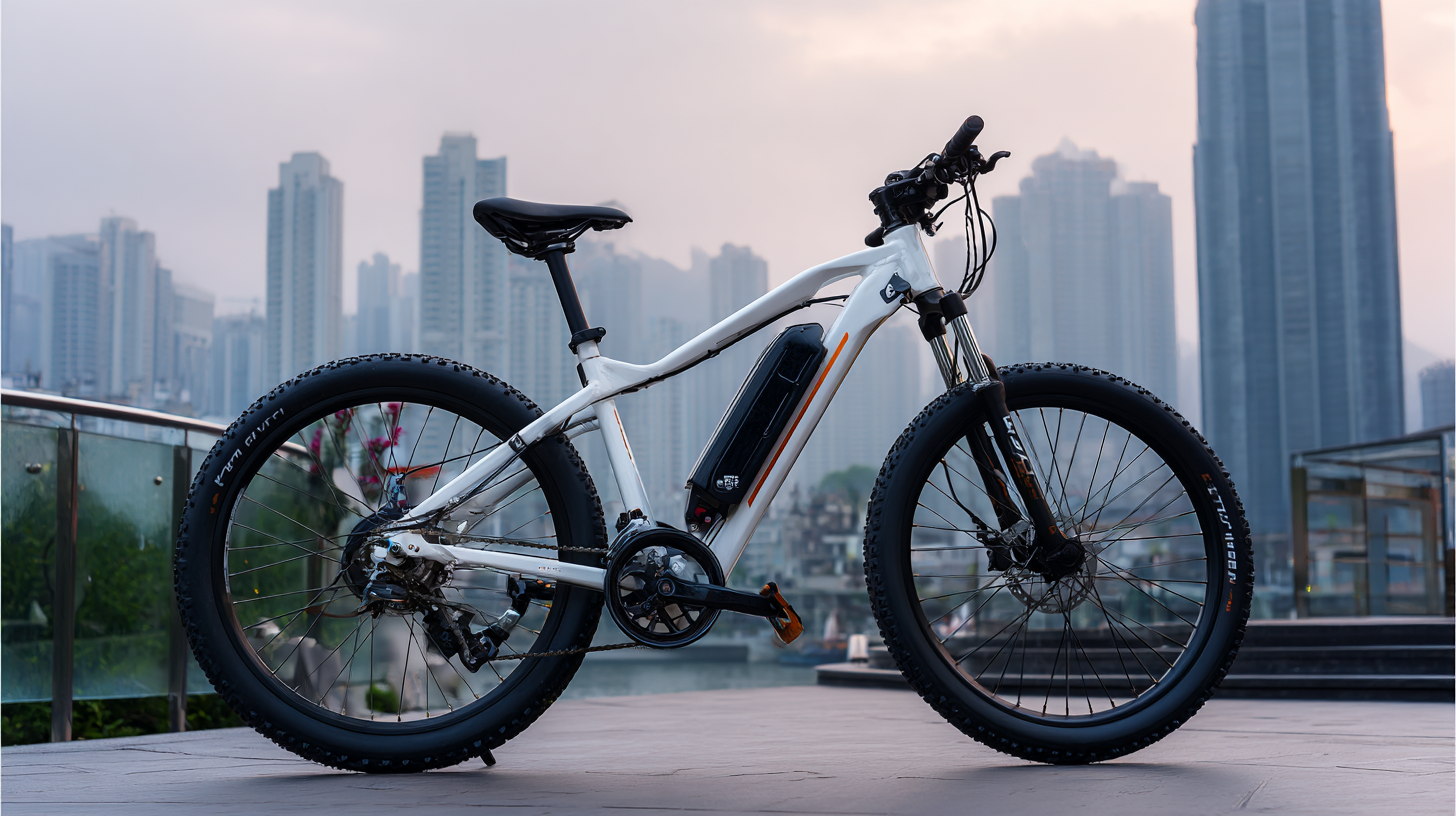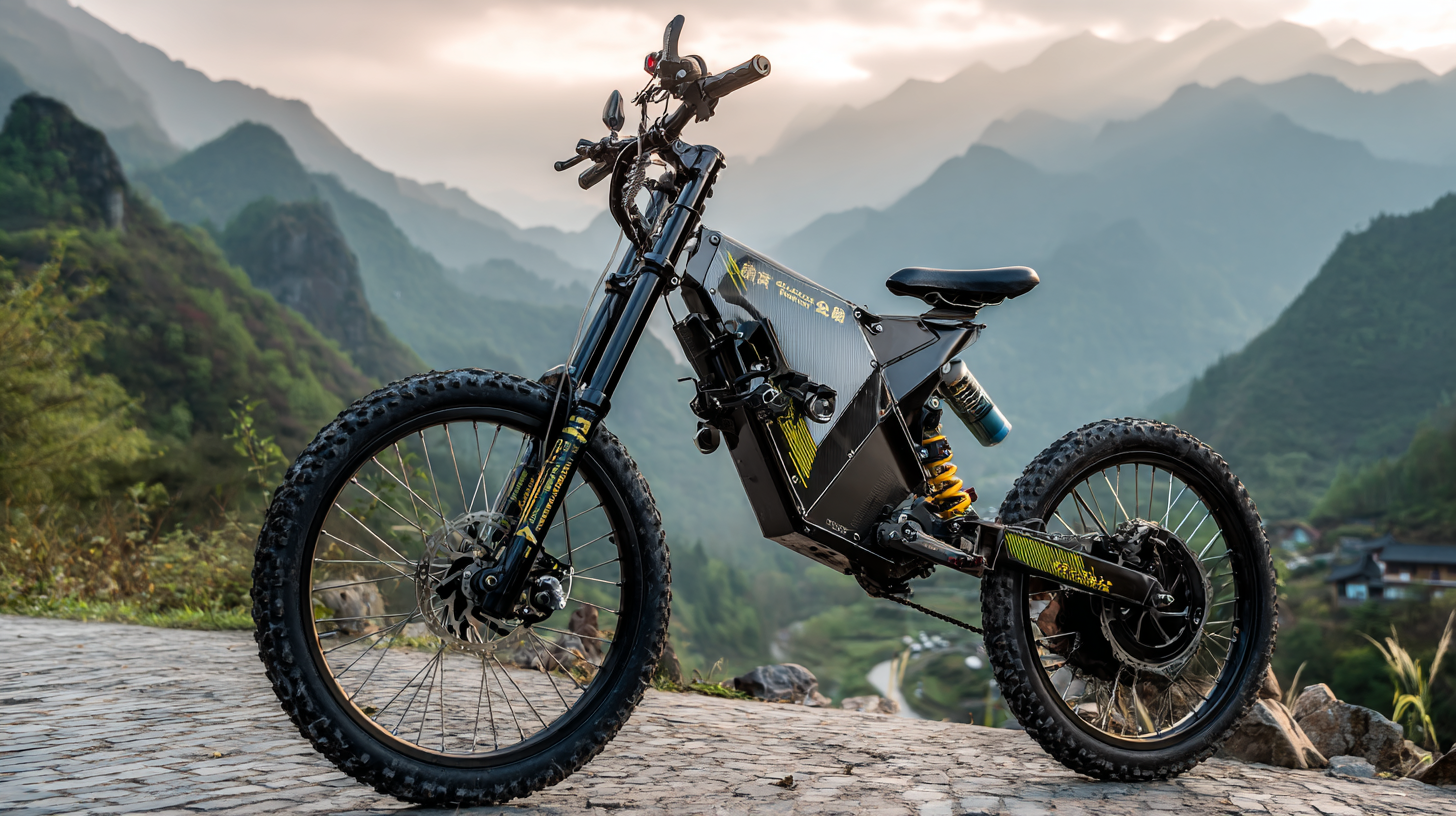As the electric bike market continues to expand, understanding the intricacies of the E Bike Li Ion Battery becomes paramount for optimizing performance and ensuring longevity. According to a recent industry report by MarketsandMarkets, the global electric bike battery market is projected to reach $1.2 billion by 2025, reflecting a compounded annual growth rate (CAGR) of over 8%. This growth is fueled by rising consumer demand for sustainable transport solutions and advancements in battery technology.

By selecting the right E Bike Li Ion Battery, riders can enhance their cycling experience with improved range, faster charging times, and increased durability. This guide aims to equip you with essential knowledge and insights on choosing the best battery for your e-bike, addressing critical factors such as battery capacity, lifecycle, and compatibility, thereby empowering you to make informed decisions in this rapidly evolving landscape.
As we move towards 2025, the impact of lithium-ion battery technology on e-bike performance is expected to be profound. According to a recent report from the International Energy Agency, e-bike sales are projected to reach 40 million units annually by 2025, underscoring the importance of battery advancements in this growing market. Lithium-ion batteries are renowned for their high energy density, lightweight design, and longevity, which contribute to a significant performance boost in e-bikes. With improvements in battery chemistry, manufacturers are now offering batteries with over 2000 charge cycles, which can extend the lifespan of an e-bike to up to 10 years with proper care.

Additionally, emerging technologies such as solid-state batteries are anticipated to revolutionize the e-bike industry. These innovative batteries not only promise to deliver greater energy capacity but also enhance safety by reducing the risk of overheating and fires. A study by Markets and Markets underscores that solid-state batteries could increase e-bike ranges by up to 50%, allowing riders to travel further on a single charge. As e-bike technology evolves, the integration of advanced lithium-ion solutions will play a crucial role in enhancing user experience and performance, positioning e-bikes as a sustainable and efficient mode of transportation for the future.
When selecting a lithium-ion battery for your e-bike, several key factors can significantly impact performance and longevity. One of the most critical considerations is the battery's capacity, typically measured in ampere-hours (Ah). A higher capacity translates to a longer range, allowing riders to cover more distance on a single charge. Industry reports indicate that a 500Wh battery can provide a range of approximately 40 to 70 miles, depending on terrain and riding style.
Another essential factor is the battery's discharge rate, expressed in C-ratings. This indicates how quickly a battery can release its stored energy. For e-bikes, a discharge rate of at least 20C is recommended for optimal performance, ensuring the motor receives adequate power during acceleration and climbing hills. Additionally, consider the battery's weight and size, as these affect your bike's overall handling and comfort. A well-balanced e-bike with a lightweight battery can enhance maneuverability and rider experience significantly.
Lastly, pay attention to the battery’s chemistry and safety features. Lithium-ion batteries come in different chemistries, such as lithium nickel manganese cobalt oxide (NMC) and lithium iron phosphate (LFP), each presenting varying levels of energy density and thermal stability. Research shows that LFP batteries, while having a lower energy density, offer superior safety and longer cycle life, making them an increasingly popular choice for e-bike manufacturers.
As the e-bike industry continues to evolve, a significant trend is driving the demand for more efficient and long-lasting lithium-ion batteries. Recent studies indicate that advancements in battery chemistry, such as the development of nickel-rich cathodes, are increasing energy density by up to 20%. This enhancement allows e-bikes to achieve longer ranges on a single charge, vital for users who rely on them for commuting and recreation. According to a report by the International Energy Agency, the global market for lithium-ion batteries is projected to grow by over 25% annually, underscoring the necessity for manufacturers to adopt cutting-edge technologies.
Moreover, maintaining battery longevity is equally crucial. Innovative thermal management systems are being implemented to mitigate overheating, extending battery life by as much as 30%. Deloitte's 2022 report on battery innovation reveals that e-bike batteries equipped with smart diagnostics can inform users of optimal charging practices, further maximizing efficiency. As these trends emerge, consumers can expect to see not only improved performance in e-bikes but also enhanced sustainability through responsible battery life management, paving the way for a greener future in personal transportation.
When selecting the best lithium-ion battery for your e-bike, understanding the key players in the market is essential. Leading brands like Shimano, Bosch, and Panasonic have set high standards with their innovations. Shimano's latest battery technology emphasizes weight distribution and compact design, providing cyclists with improved handling and performance without sacrificing power. Bosch, on the other hand, focuses on smart battery management systems that enhance energy efficiency, ensuring a longer lifespan while delivering consistent performance throughout the ride.
In addition to established brands, newer companies are making significant strides in the e-bike battery sector. Brands like LG Chem are leveraging advanced lithium cell technology to produce high-capacity batteries that require less charging time. Their continuous investment in research and development is pushing the boundaries of what’s possible in battery life and energy density. With such rapid advancements across various brands, e-bike enthusiasts are now more equipped than ever to choose batteries that not only meet their performance needs but also align with their riding styles and preferences.
When it comes to enhancing your e-bike's performance, selecting the right lithium-ion battery is crucial. The battery not only affects how far you can ride on a single charge but also influences acceleration and overall handling. A high-capacity battery with a balanced discharge profile ensures that your bike maintains consistent power delivery, allowing you to tackle steep hills and long distances with ease. Look for batteries that offer a high watt-hour (Wh) rating, as this can significantly improve your riding experience and extend your adventures.
Moreover, it's important to consider factors such as weight and compatibility when making your battery choice. A lighter battery can enhance your bike's handling and agility while ensuring that you don't compromise on power. Additionally, make sure the battery is designed to fit your specific e-bike model; mismatched batteries can lead to performance issues and even safety hazards. Investing time in selecting the ideal battery will not only maximize your e-bike's capabilities but also make your rides more enjoyable and efficient.



